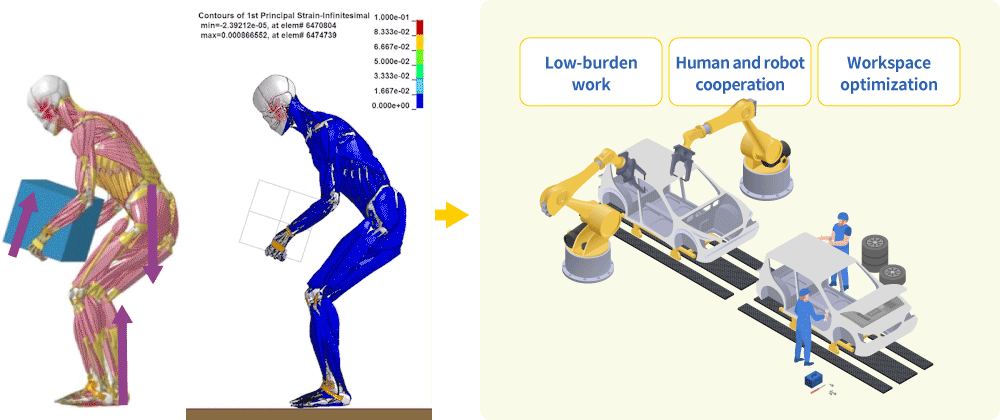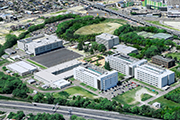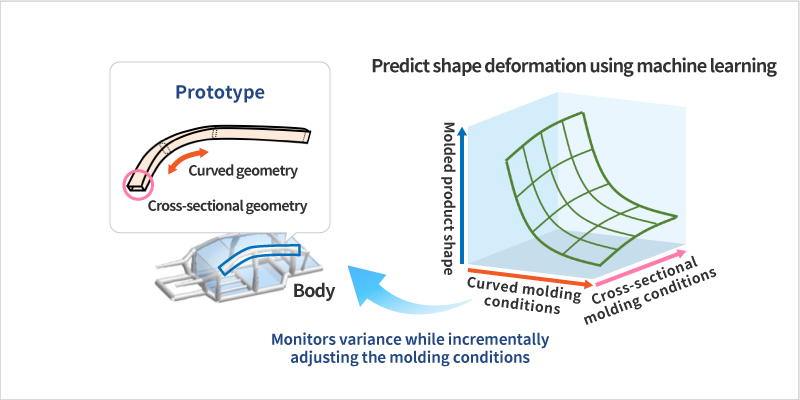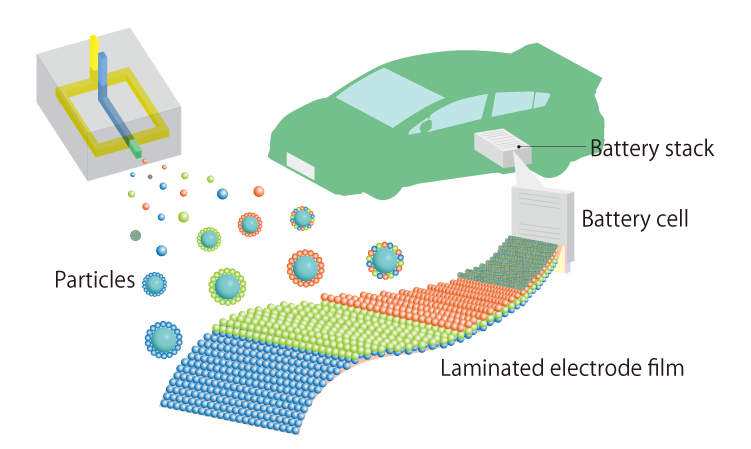PROJECT 3
Creating Forms of Manufacturing for the Next Generation
Achieving carbon neutrality by 2050 as a solution to the climate change has become an urgent global issue, so the Toyota Group has been undertaking this challenge to eliminate all CO2 emissions at its factories by 2035. On the other hand, looking at Japan, the country is experiencing both a decline in its working-age population and an increase in the number of workers over the age of 65. Against this backdrop, manufacturing sites are demanding a high degree of harmony between carbon neutrality and productivity improvement is required in the manufacturing fields.
With aims of enabling rapid and repeatable evaluation and analyses of facility design and production planning, we apply the concept of digital twins, a method for digitalizing real-world information and reproducing and simulating these in a virtual space. At the same time, we aim to realize a process that enables flexible design without the use of any prototyping by constructing machine learning models that can incorporate the intuition and the knowledge of skilled workers. Furthermore, by converting entire factories, including their workers and production facilities, into digital twins, we work to realize smart factories that can respond flexibly to the multitude of factors behind energy and production fluctuations. Similarly, we advance initiatives intended to pursue significantly efficiency in factory design, operations, and improvements.


























